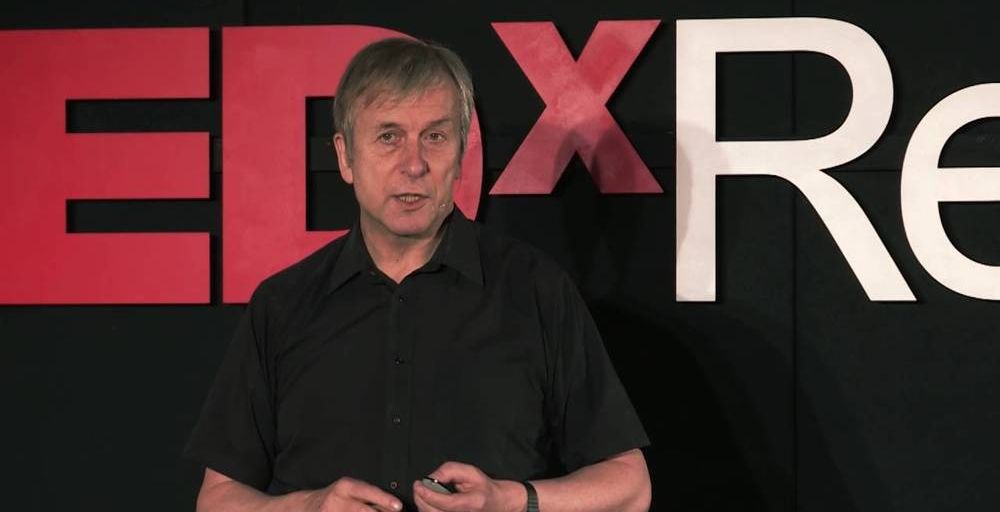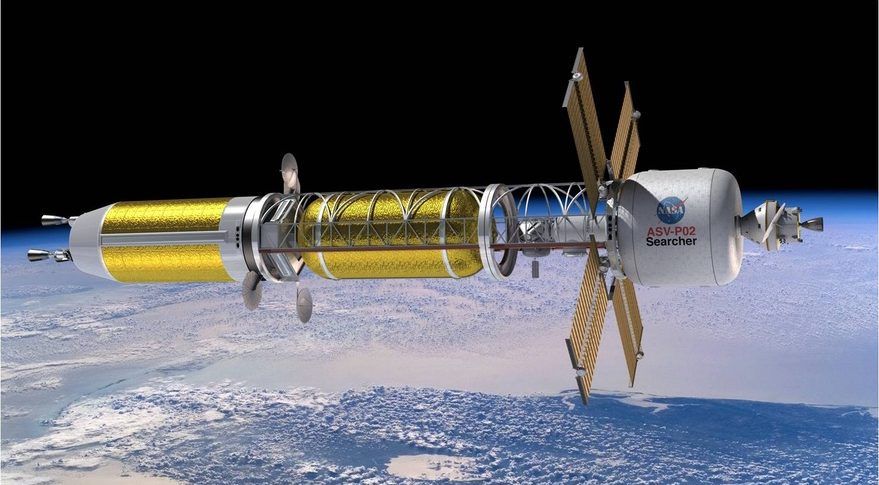Page 9097
May 30, 2019
The Future of Artificial Intelligence and Cybernetics
Posted by Paul Battista in categories: cyborgs, internet, robotics/AI

This post by Prof. Kevin Warwick originally appeared at OpenMind.
Article from the book There’s a Future: Visions for a Better World
Continue reading “The Future of Artificial Intelligence and Cybernetics” »
May 30, 2019
Seismologists find possible early warning sign of a pending megaquake
Posted by Genevieve Klien in category: futurism
May 29 (UPI) — Geologists have found a possible early signature of massive earthquakes. New research suggests the telltale seismic pattern shows up between 10 seconds and 15 seconds into a seismic event.
Scientists discovered the warning sign after analyzing GPS records of peak ground displacement during dozens of earthquakes. The analysis of several GPS databases revealed a point in time when the beginnings of an earthquake takes the form of a “slip pulse,” the mechanical functions of which scale with magnitude.
The discovery, published this week in the journal Science Advances, allowed scientists to differentiate between small- to medium-sized earthquakes and large to extra-large quakes.
Continue reading “Seismologists find possible early warning sign of a pending megaquake” »
May 30, 2019
Study points to non-Newtonian force affecting particles’ flight
Posted by Genevieve Klien in categories: particle physics, quantum physics
The quotation marks had the force of tradition—and the tradition of force—behind them.
When Nebraska’s Herman Batelaan and colleagues recently submitted a research paper that makes the case for the existence of a non-Newtonian, quantum force, the journal asked that they place “force” firmly within quotes. The team understood and agreed to the request.
After all, the word has long belonged to classical Newtonian physics: equal-and-opposite reactions, electromagnetism, gravity and other laws that explain the apple-dropping, head-bonking phenomena of everyday experience.
Continue reading “Study points to non-Newtonian force affecting particles’ flight” »
May 30, 2019
NASA and MIT Debut Shape-Shifting Airplane Wing
Posted by Shailesh Prasad in categories: materials, transportation
A team from NASA and MIT has created a new type of airplane wing — and it could make air travel far more efficient.
In a paper published in the journal Smart Materials and Structures on Monday, the researchers describe how they built an airplane wing from hundreds of identical, lightweight cube-like structures, all bolted together and then covered with a thin polymer material.
The design allows the wing to change shape automatically, adjusting itself to whatever configuration is optimal for the current phase of flight — with one configuration for take-off, for example, and another for landing.
Continue reading “NASA and MIT Debut Shape-Shifting Airplane Wing” »
May 30, 2019
Purposeful Evolution: Creating an Ethical, Prosperous Future
Posted by Shailesh Prasad in categories: evolution, neuroscience
More often than not, we fall into the trap of trying to predict and anticipate the future, forgetting that the future is up to us to envision and create. In the words of Buckminster Fuller, “We are called to be architects of the future, not its victims.”
But how, exactly, do we create a “good” future? What does such a future look like to begin with?
In Future Consciousness: The Path to Purposeful Evolution, Tom Lombardo analytically deconstructs how we can flourish in the flow of evolution and create a prosperous future for humanity. Scientifically informed, the books taps into themes that are constructive and profound, from both eastern and western philosophies.
Continue reading “Purposeful Evolution: Creating an Ethical, Prosperous Future” »
May 30, 2019
Is this 3D-printed building the future home for astronauts on Mars?
Posted by Shailesh Prasad in categories: 3D printing, space
NASA has chosen the winner in its contest to design habitation for humans on Mars. It will be built on the red planet using a 3D printer and concrete made from pulverised Martian rocks.
May 30, 2019
How Starship Technologies Pioneered The Delivery Robot Model
Posted by Shailesh Prasad in categories: robotics/AI, space travel
Excited about the impending delivery robot revolution? If so, you need to know about Starship Technologies, the company which kickstarted the whole thing. Founded by two of the original creators of Skype, Starship is poised to change the world of deliveries. Here’s what you need to know.
May 30, 2019
Scientists Cook Up a New Way to Make Breathable Oxygen on Mars
Posted by Shailesh Prasad in category: space
May 30, 2019
Momentum Grows for Nuclear Thermal Space Propulsion
Posted by Shailesh Prasad in categories: futurism, space travel
PASADENA, Calif. — With congressional funding and industry support, nuclear thermal propulsion technology is making progress for potential use on future NASA deep space missions, although how it fits into the agency’s exploration architectures remains uncertain.
The House Appropriations Committee approved May 22 a commerce, justice and science (CJS) appropriations bill that offers $22.3 billion for NASA. That funding includes $125 million for nuclear thermal propulsion development within the agency’s space technology program, compared to an administration request for no funding.
“The bill’s investment in nuclear thermal propulsion is critical as NASA works towards the design of a flight demonstration by 2024,” said Rep. Robert Aderholt (R-Ala.), ranking member of the CJS appropriations subcommittee, during that subcommittee’s markup of the bill May 17. He offered similar comments in support of that project at the full committee markup.
Continue reading “Momentum Grows for Nuclear Thermal Space Propulsion” »
















